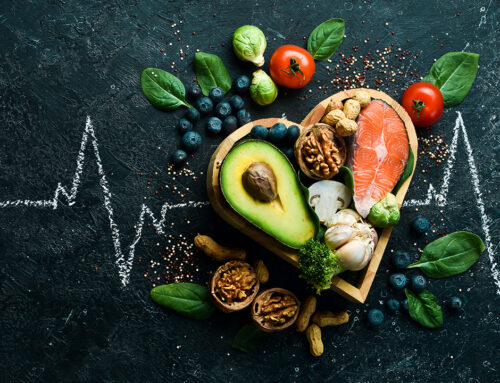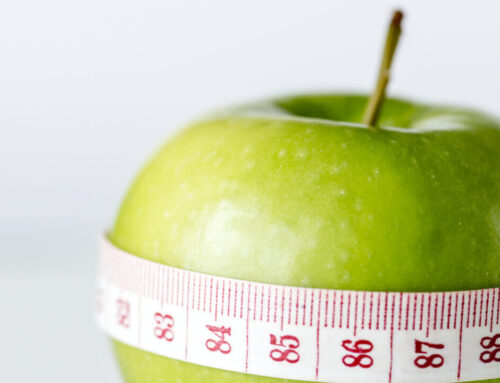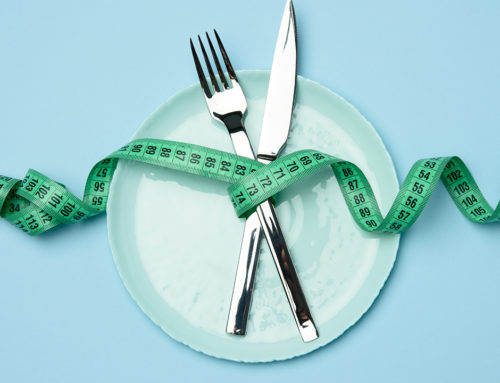It would be incredibly easy to stack on weight using a diet of daily trips to fast-food restaurants, but that approach could seriously jeopardize your health. So to add mass the healthy way it’s shrewd to steal a few tricks from bulking sumo wrestlers, the world’s largest athletes, who also herald from the nation of the longest living people.
While few of these behemoths live to become centenarians, following their diet of extremely calorific, yet healthy, foods is an excellent way to add mass to your frame. These wrestlers aren’t just couch denting obese guys: they actually live an extremely regimented life of cardio, strength workouts and wrestling training, followed by plenty of eating.
Research in Ageing Research Reviews found that sumo wrestlers eat on average 5,500 calories per day, which is a similar energy intake to bodybuilders looking to bulk up or gain muscle mass.
Here’s how to use their techniques to bulk up the eastern way without having to wear an oversize loin cloth.
Drink Less to Build More
Gargantuan in weight and activity levels, these athletes need to be smart about their calorie expenditure. “Sumo wrestlers wake up and train from 6am until 10am,” explains Kiyonofuji Takeshi, a former professional sumo wrestler.
“We don’t drink or eat beforehand because dehydration promotes weight gain.” The take-home message? Well, thirst can help you add size, but drink up to get lean.
Skipping breakfast also hardwires your brain to seek out highly calorific foods later in the day, found research in the European Journal of Neuroscience. To work up a yokozuna-like appetite for calories, sometimes you just have to do without at the right
Slow Your Metabolism
Unlike bodybuilders, most sumo wrestlers only eat two main meals of chanko nabe every day – one in the morning and another in the evening. “After the morning meal we have a sleep to slow down our metabolisms and promote weight gain,” says Takeshi. Research in Forum Nutrition found small frequent meals help you get lean, so to bulk up you need to eat large ones less often, then chase them down with a nap.

Increase the Snacking
Coaches might control their main meals, but it’s tough to keep a noose on their mammoth appetites. “Traditionally, if we’re hungry we’ll go for bowls of white rice topped with beef, onion and sweet sauce,” says Takeshi.
Rice is a fast-digesting carb so this meal affords them room for more during the communal feast later in the day. While brown rice has more fiber and protein than its white brother, it does have more phytic acid, a compound in the rice bran that gives it its color.
Phytic acid can make certain minerals hard to digest or prevent them from being digested at all. Instead, look to get your fiber from other more nutritious sources, like vegetables.
Sumo Werstler’s Staple Dish
“Wrestlers sit together to eat a traditional meal called chanko nabe,” says Takeshi. “This is a high-protein stew made of meat or fish boiled in a vegetable broth and eaten with rice.” Follow Takeshi’s 5,000 calories per serving recipe for extreme bulking up.
You’ll Need
• 3 tsp soup stock or dashi flakes
• 500g thinly sliced pork belly
• 3 tbsp sake wine
• 2 tbsp mirin (sweet rice wine)
• 3 tbsp red miso paste
• 3 tbsp white miso paste
• 1 carrot, diced
• 2 white radishes, diced
• 1 potato, diced
• 1 onion, diced
• 400g firm tofu, cubed
• 3 cups shiitake mushrooms, halved
• 1/2 head cabbage, cored and cut into large pieces
• 1-2 bunches chives
• 2 eggs, beaten
• 4 cups steamed white rice or noodles
What to Do
Bring 4.8 pints of water to the boil in a large pot, then add the stock, pork, sake wine and mirin. Let it simmer for 30 minutes, then dissolve both miso pastes into the pot. Add the rest of the ingredients and cook for five minutes or until the veggies are soft. Eat with the noodles or rice. Serves six, but you can divide it into portions for the freezer and use it to stoke your hunger later on.
Why it’s Good
This dish has a lot of miso soup added to it, which has plenty of antioxidants like zinc, manganese and a host of phytonutrients that scavenge free radical damage while working to reduce inflammation. These are the prefect additions that’ll help you recover faster from your training.
Find nutrition information and more in every issue of TRAIN magazine.







